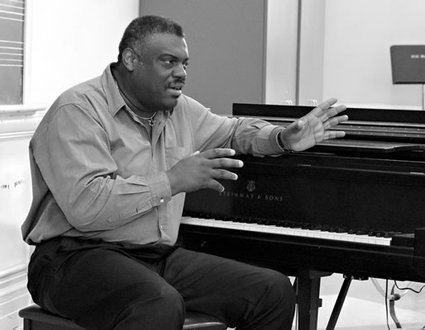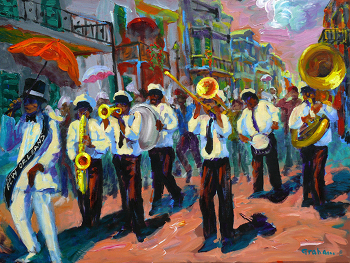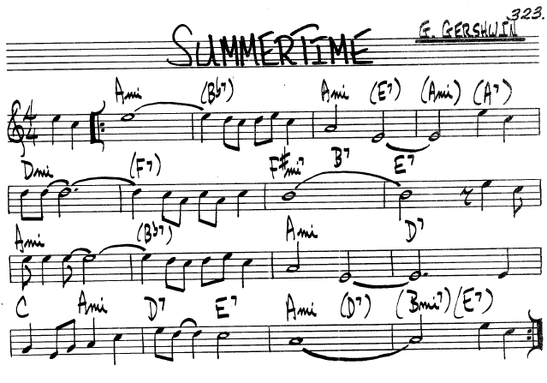If you've never heard of Mulgrew Miller before, I'd recommend reading this article from the New York Times. While you are at it, check out his solo record from 2010, a true testament to his genius.
Mulgrew Miller spent nearly the last decade of his life mentoring up-and-coming jazz musicians. We are all fortunate to be left with many of his lessons, many of which were recorded and are available on YouTube for all to benefit from.
In this clip, Mr. Miller discusses "comping," or accompanying other musicians. In my opinion, this topic isn't discussed nearly enough when, in fact, it's what pianists spend most of their time doing!
He starts by talking about general comping concepts; don't miss 2:55 when he comps a blues, that's where the REAL LESSON is -- listen to that rhythm!
1. Make the person you are accompanying feel comfortable.
2. Support, but don't overwhelm, the soloist.
3. Practice comping by yourself until the rhythm feels good! It has to dance!
For those of you who really want to get into this, I'd recommend:
1. Transcribe (and notate) the rhythm of Mr. Miller's comp over the blues
2. Analyze what you see -- how often does he play upbeats vs. downbeats? What rhythms does he repeat? (A common problem I find with a lot of young players comping is that they play too many upbeats without enough downbeats -- remember, the downbeats GROUND the rhythm)
3. Practice your own voicings using the rhythms that you just transcribed. Try it a chorus at a time or break it down into smaller two or four bar phrases.
Thanks to Mulgrew Miller for sharing your time and valuable knowledge to the next generation of jazz players. You will be missed.




 RSS Feed
RSS Feed